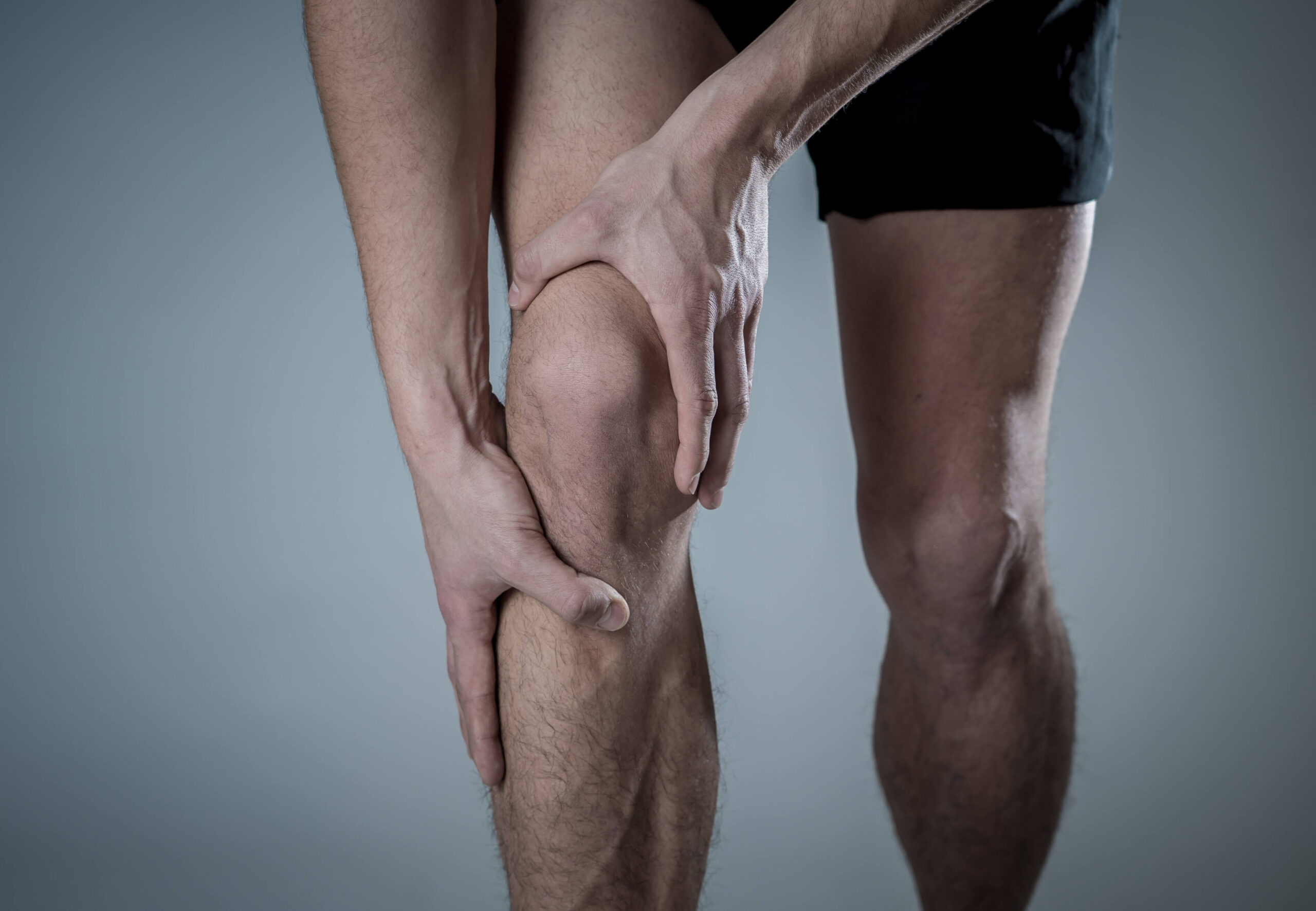Schedule An Appointment With Us
Fix Your Knee Pain With Knee Arthroscopy
Check your eligibility for knee arthroscopy with our MOH-accredited knee surgeon. Reach out to us today to schedule an appointment.
Knee arthroscopy involves an accredited surgeon using specialized instruments and a camera inserted through tiny incisions around the knee to explore and address various joint conditions.
MBBS
MRCSEd
MMED (Ortho)
FRCSEd

Knee arthroscopy is a minimally invasive surgical procedure used to diagnose and treat issues within the knee joint. Through small incisions, an orthopaedic surgeon inserts an arthroscope equipped with a camera, allowing for detailed examination and treatment of knee problems with reduced recovery time and lower risk of complications.
Knee arthroscopy is a versatile procedure utilized to address a variety of knee conditions, offering patients an effective treatment option with generally quicker recovery times compared to open surgery.
Proper preparation for knee arthroscopy involves several steps.
Knee arthroscopy is a sophisticated surgical procedure that involves several key steps to ensure effective treatment of various knee conditions:
Positioning and Anesthesia Administration |
Once the patient is in the operating room, they are positioned in a way that gives the surgeon optimal access to the knee. Anesthesia is then administered, with the type depending on various factors such as the length of the procedure, the patient’s health, and personal preference. |
Incision, Insertion of Arthroscope, and Joint Examination |
The procedure starts with the surgeon making small incisions in the knee, typically about the size of a buttonhole. Through these incisions, the arthroscope—a small camera—is inserted into the knee joint. The camera relays images to a monitor, allowing the surgeon to examine the inside of the knee joint in great detail. This examination helps the surgeon identify any damage or issues within the joint that need addressing. |
Surgical Repairs and Techniques |
Based on the findings from the arthroscope, the surgeon may perform various repairs or corrections. This might include repairing or reconstructing ligaments, removing or repairing damaged cartilage, trimming inflamed synovial tissue, or removing loose fragments of bone or cartilage. The surgeon uses specialized instruments inserted through the incisions to carry out these procedures. |
Closing the Incisions |
After completing the necessary repairs, the surgeon removes the arthroscope and other instruments from the incisions. These incisions are then closed with stitches or small bandages. The area is usually wrapped with a larger bandage or dressing to protect the knee as it begins to heal. |
Schedule An Appointment With Us
Check your eligibility for knee arthroscopy with our MOH-accredited knee surgeon. Reach out to us today to schedule an appointment.
Proper aftercare, rest, physical therapy & rehab ensure a smooth recovery and return to normal activities.
While knee arthroscopy is generally considered a safe procedure, as with any surgery, there are potential risks and complications that patients should be aware of:

MBBS
MRCSEd
MMED (Ortho)
FRCSEd
With over 18 years of experience, Dr Poh Seng Yew is an orthopaedic surgeon specialising in hip, knee, shoulder and elbow surgery, sports medicine, and trauma surgery.




Weekdays: 9.00am – 5.00pm
Saturdays: 9.00am – 1.00pm
Sundays and Public Holidays: Closed
Your symptoms shouldn’t affect your quality of life or disrupt daily activities. Reach out to our friendly clinic staff today & schedule a consultation.
The duration for using crutches varies. Some patients may need them for only a few days, while others might need them longer, depending on the surgery’s extent and the individual’s healing process.
Patients are usually advised not to drive until they can bend their knee enough to sit in a car and have sufficient control to operate the pedals. Your surgeon will advise based on your specific case.
Returning to sports depends on the type of procedure performed and how well your knee heals. It can range from a few weeks to several months. Your surgeon will provide a more specific timeline.